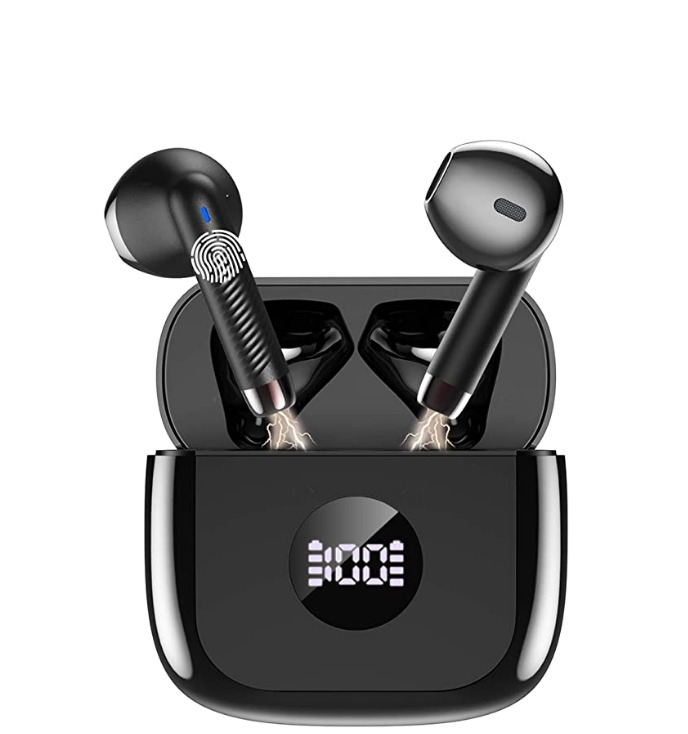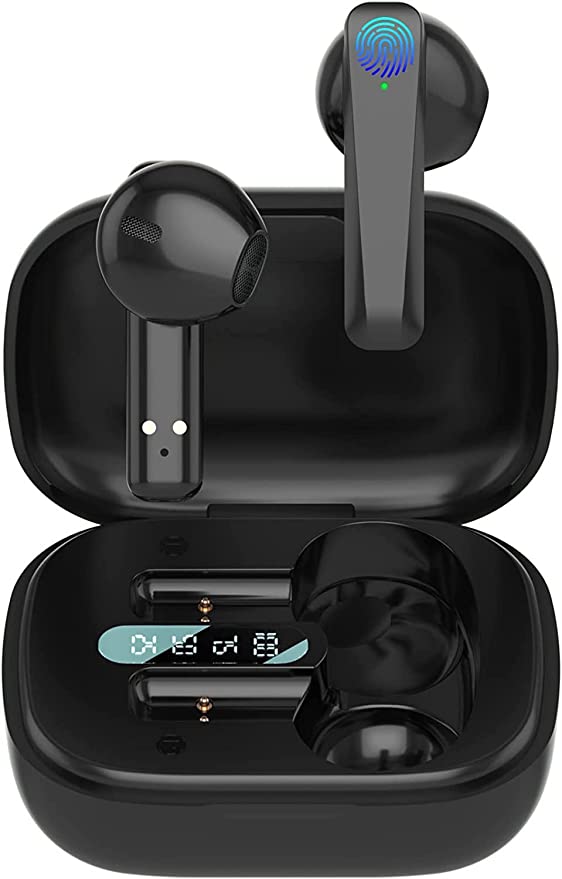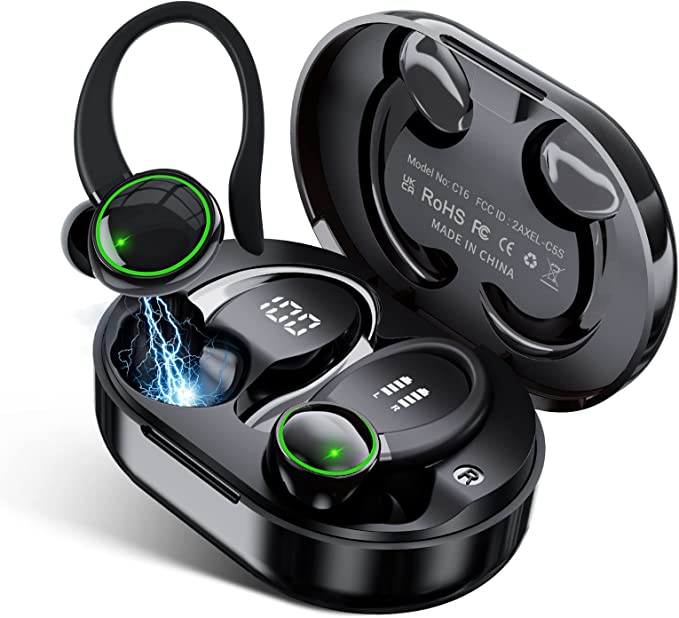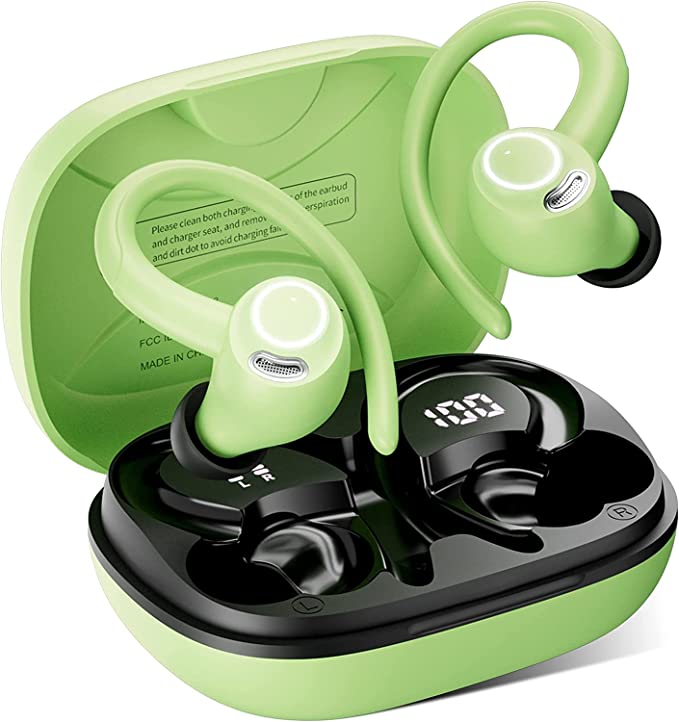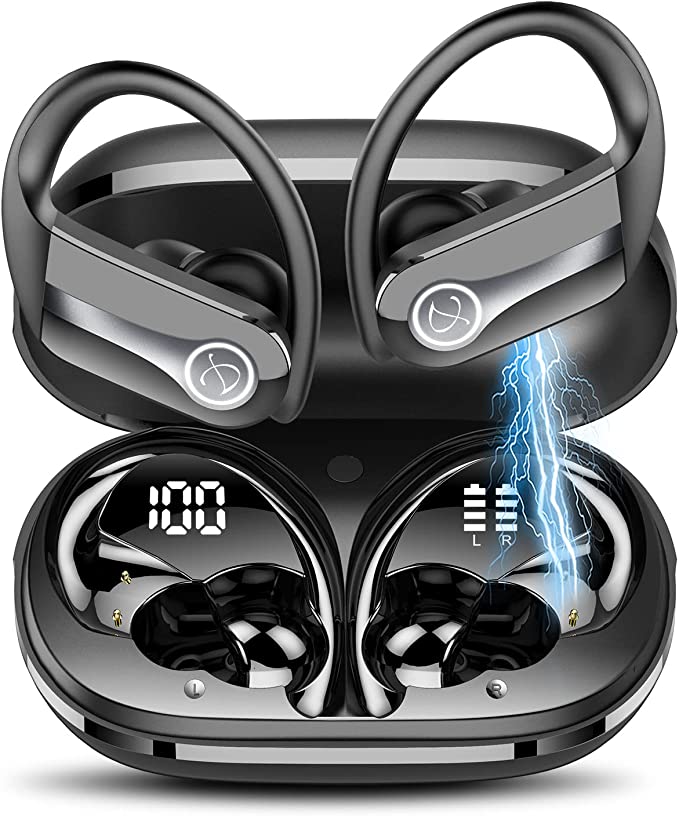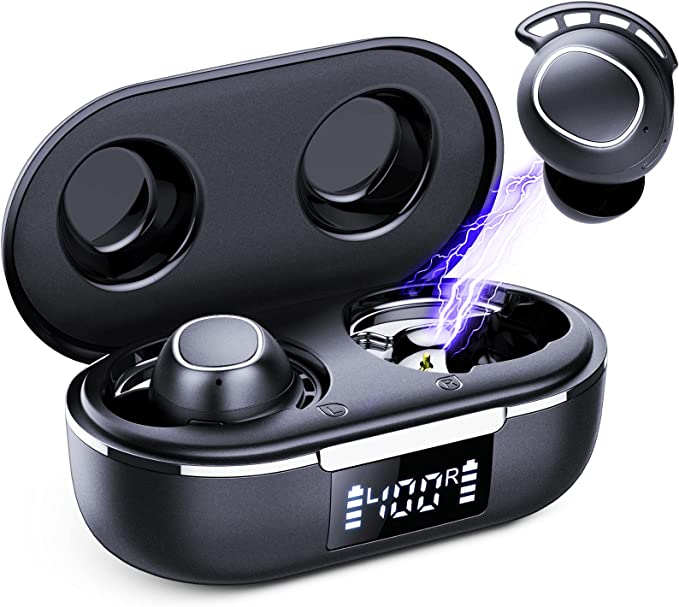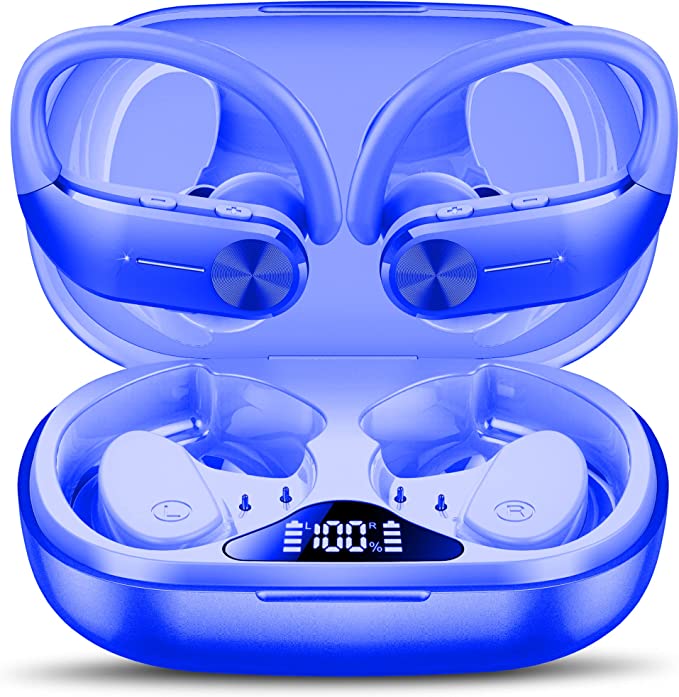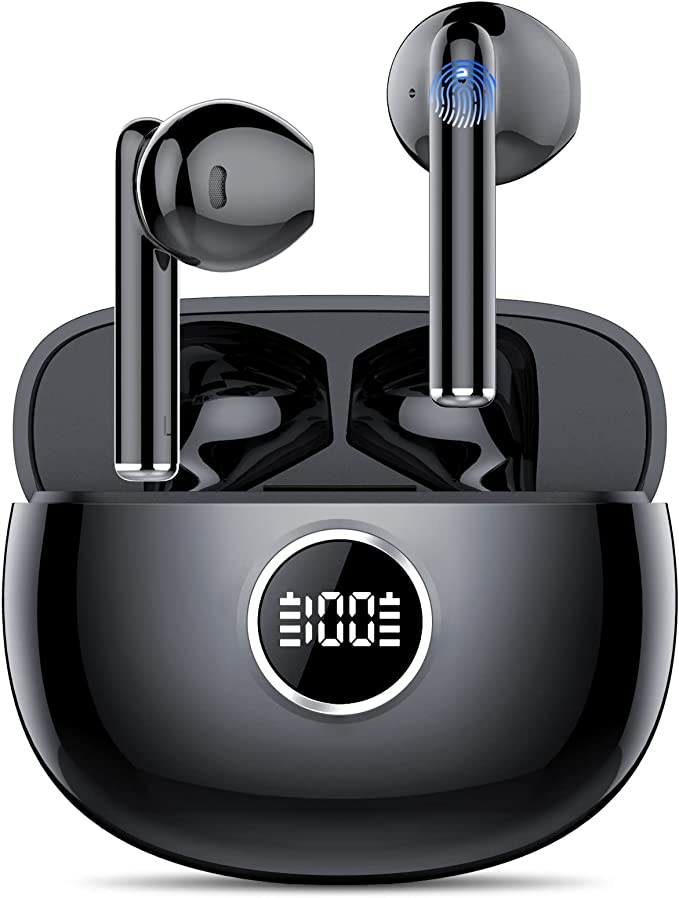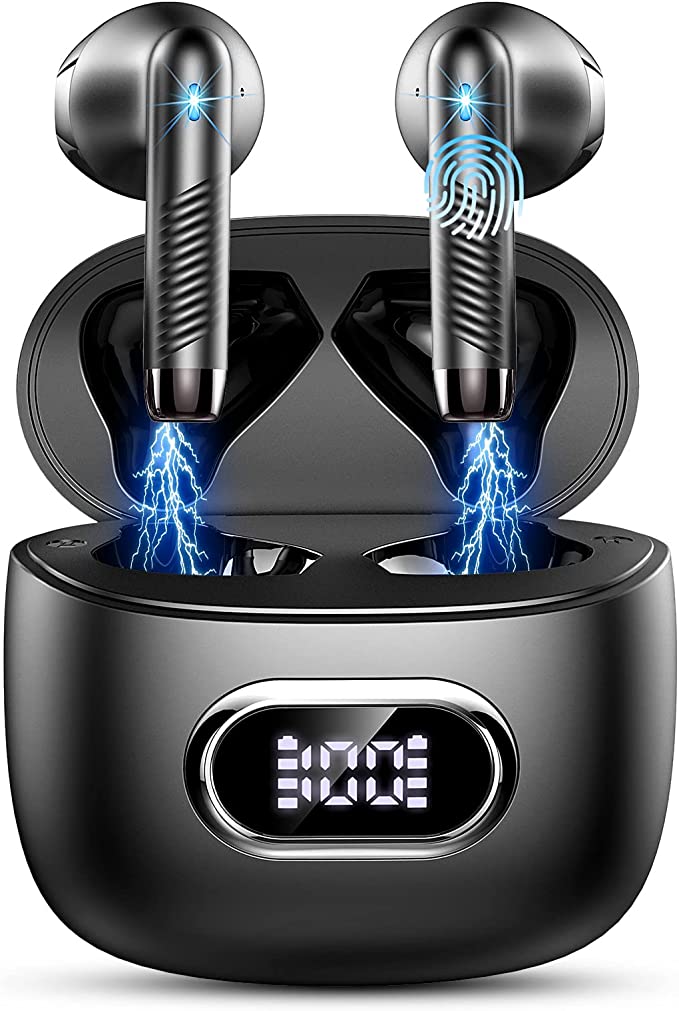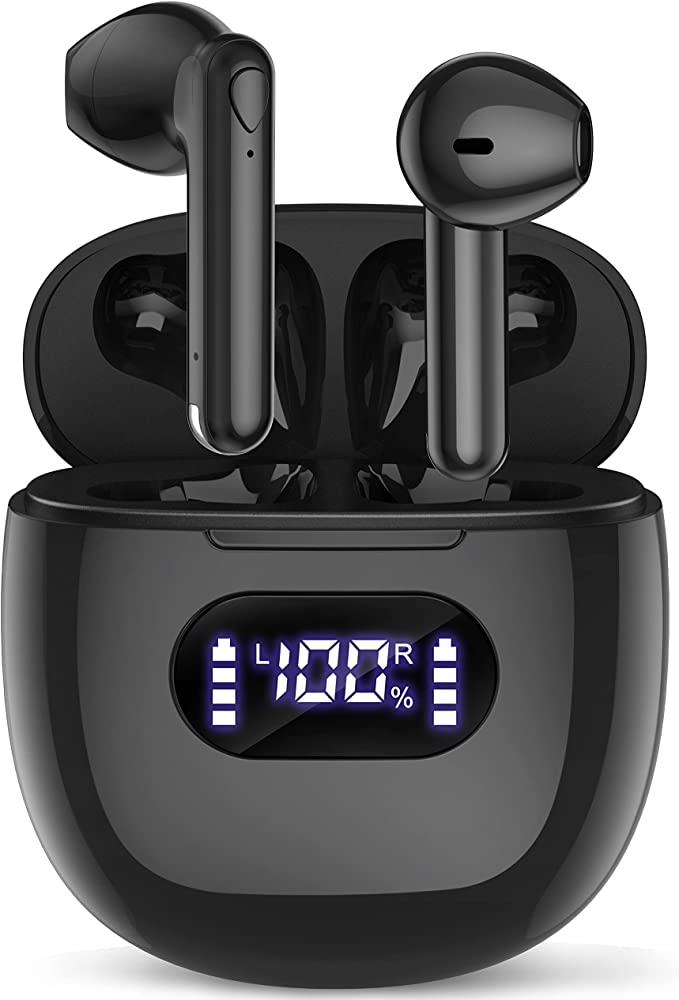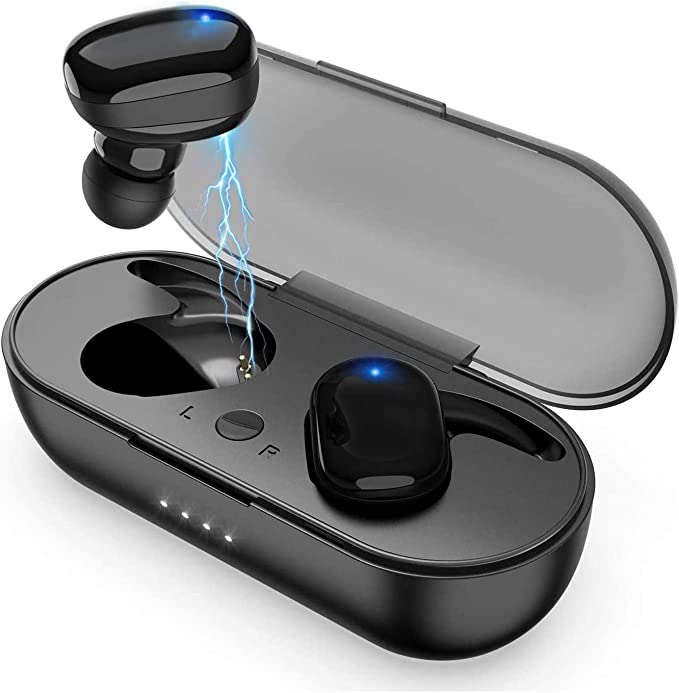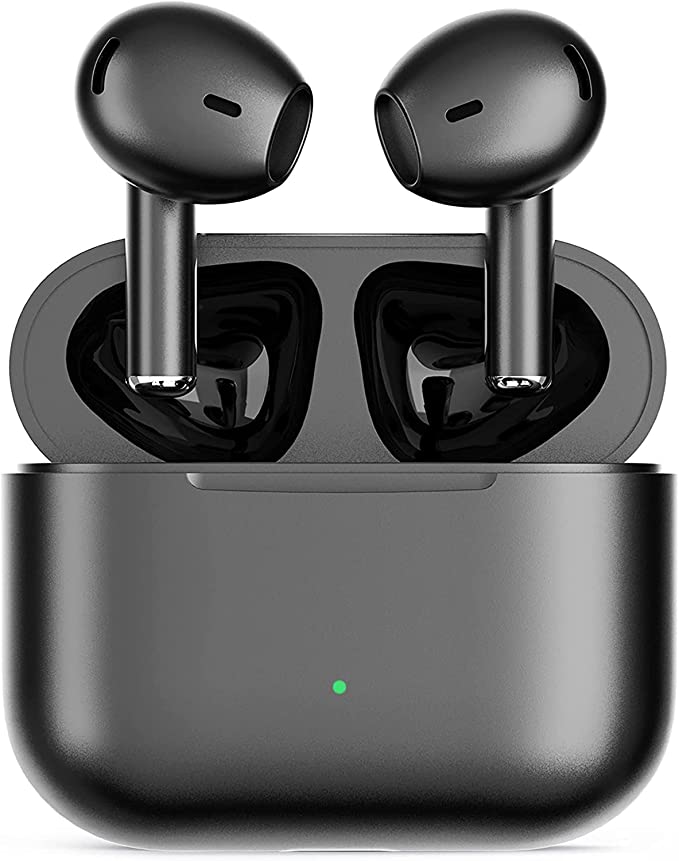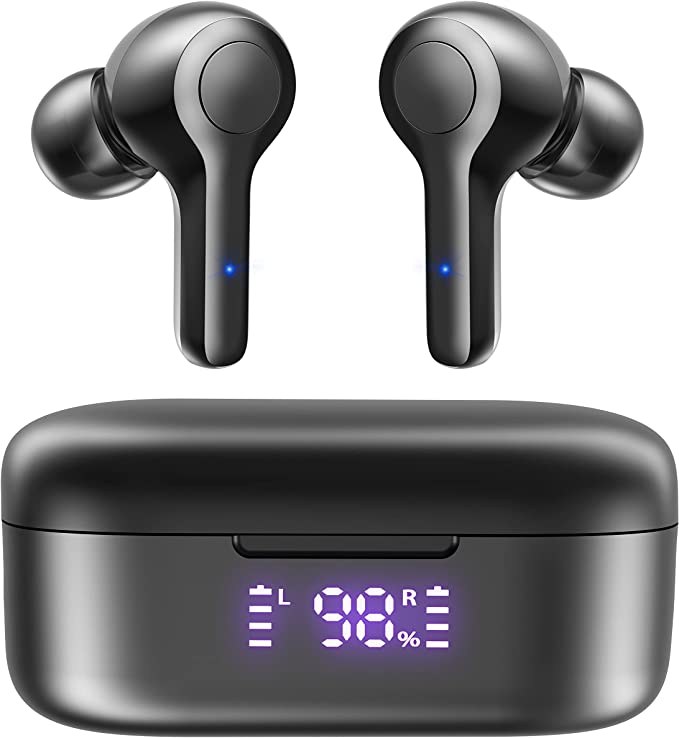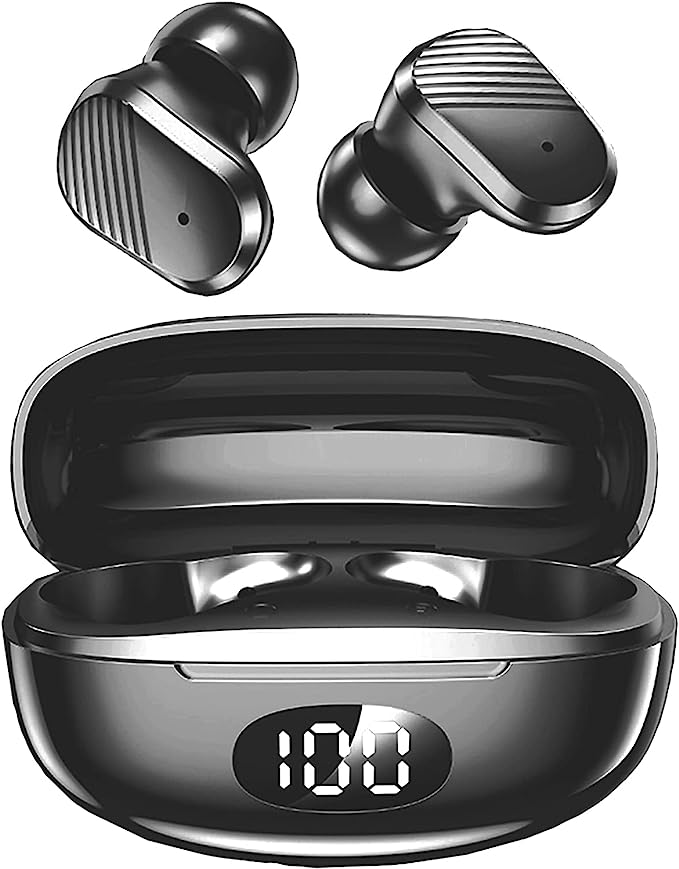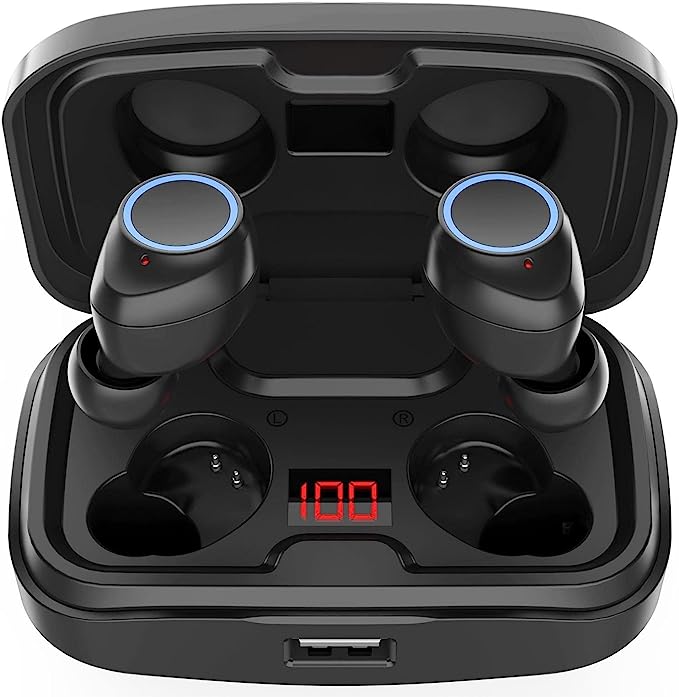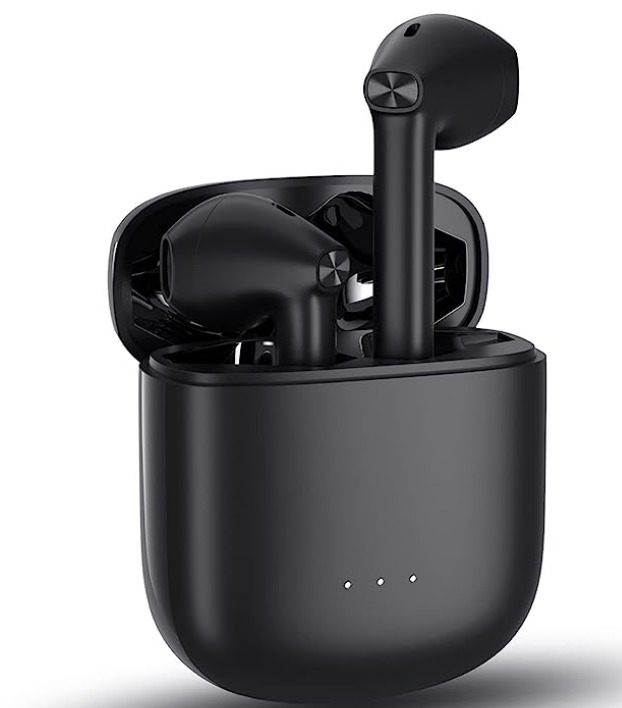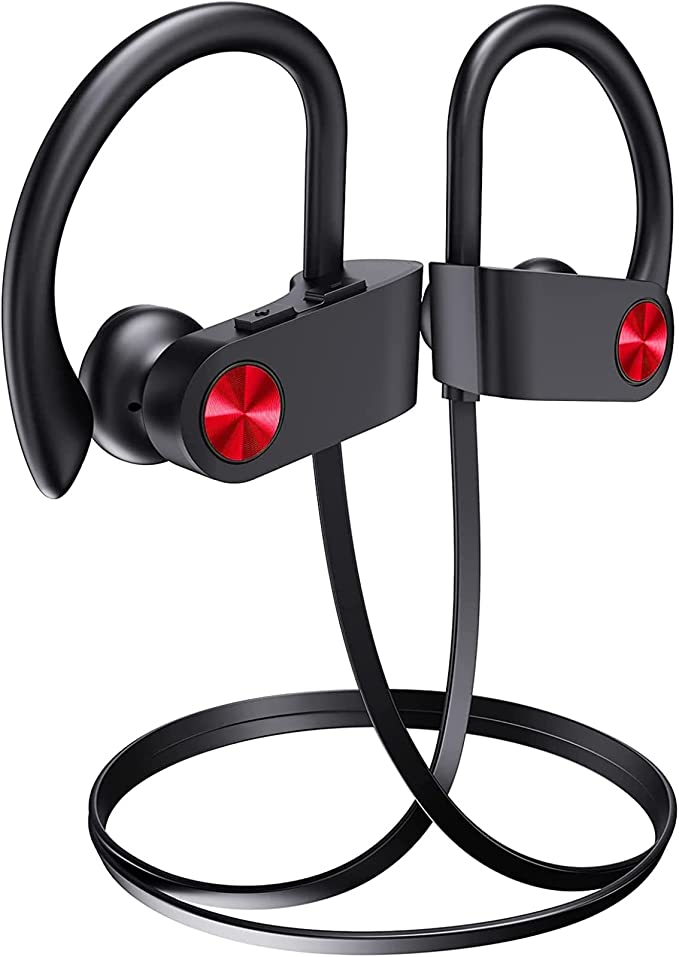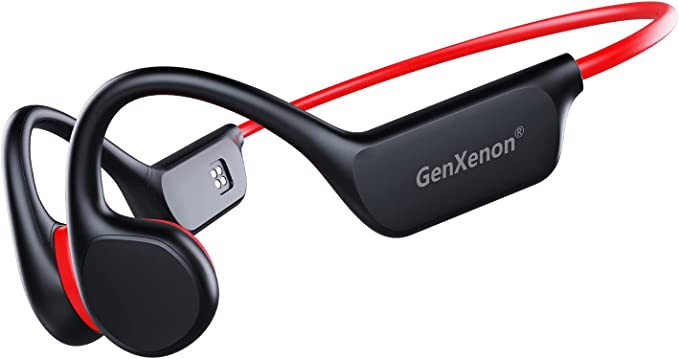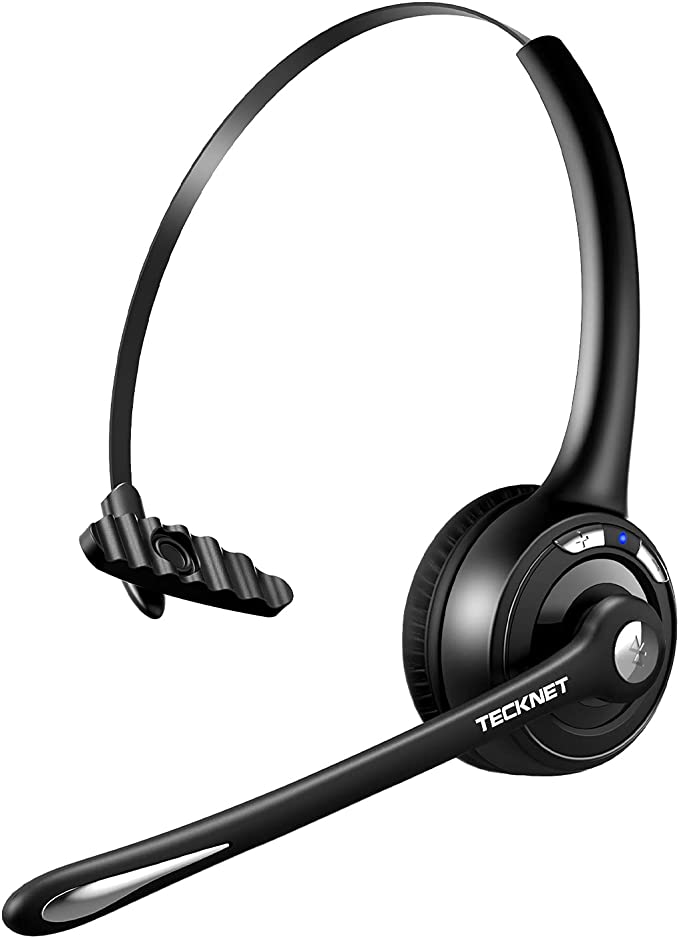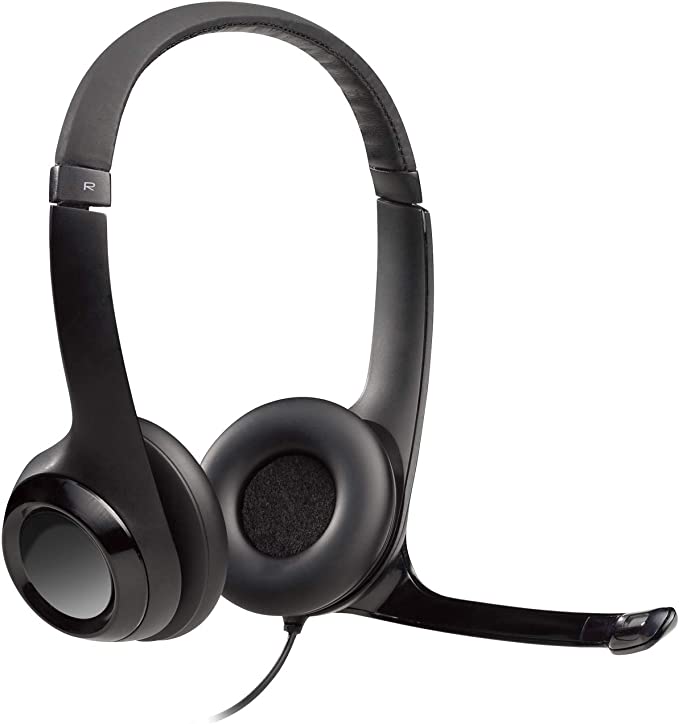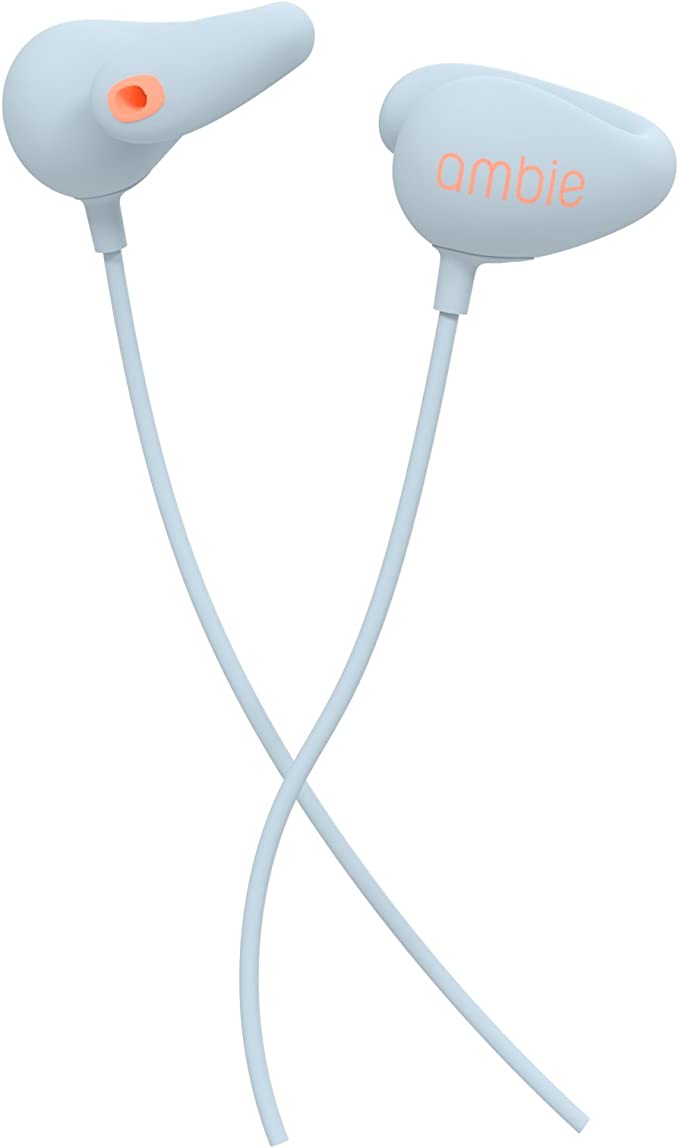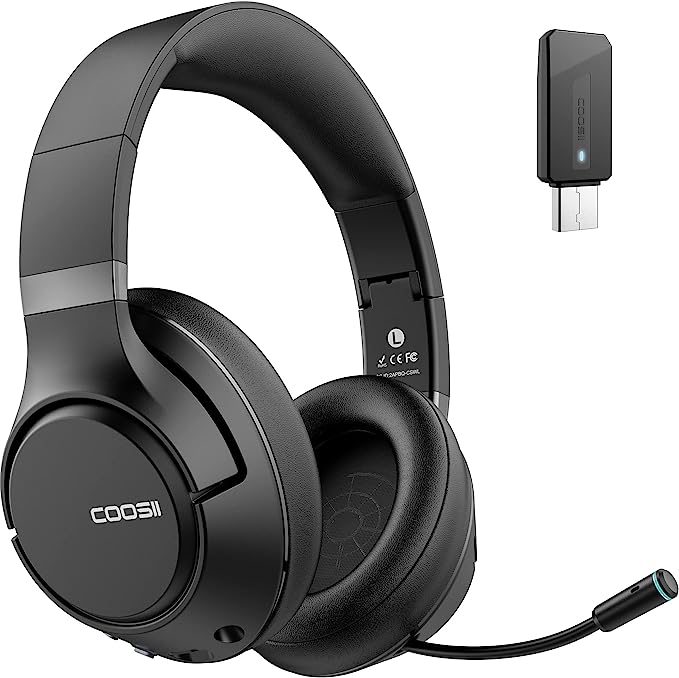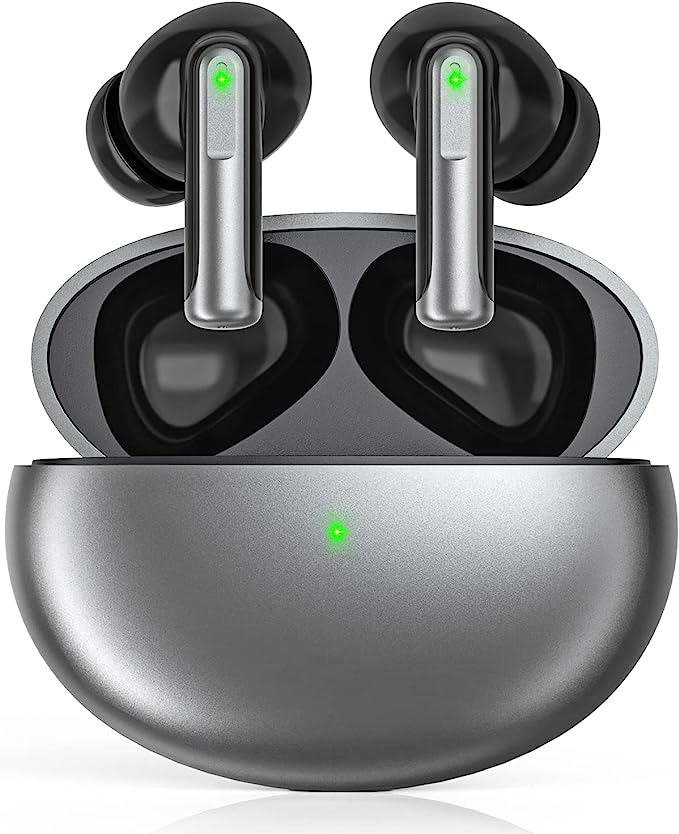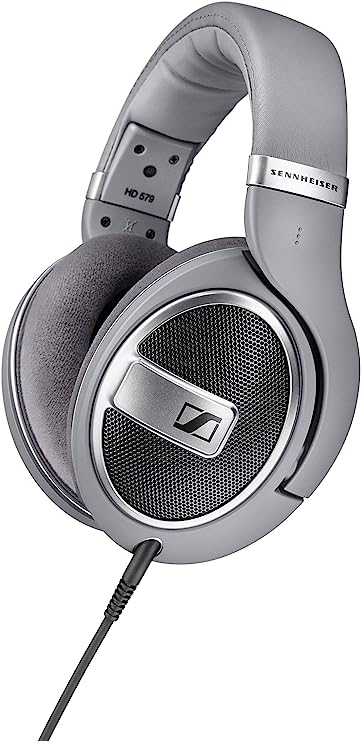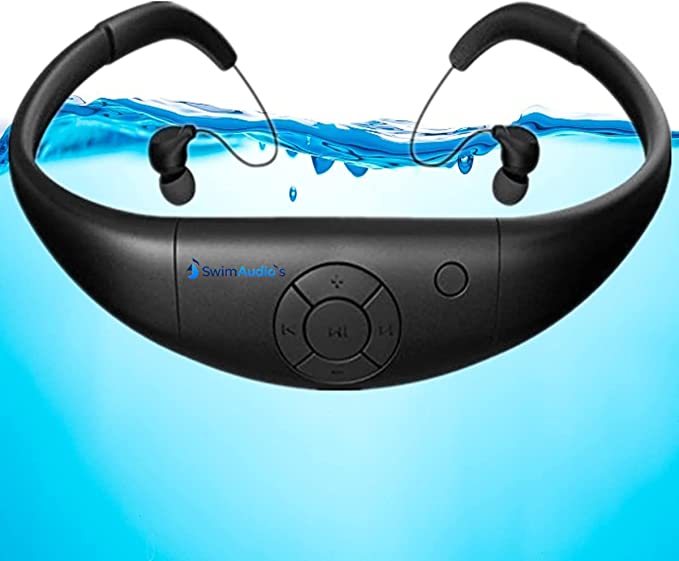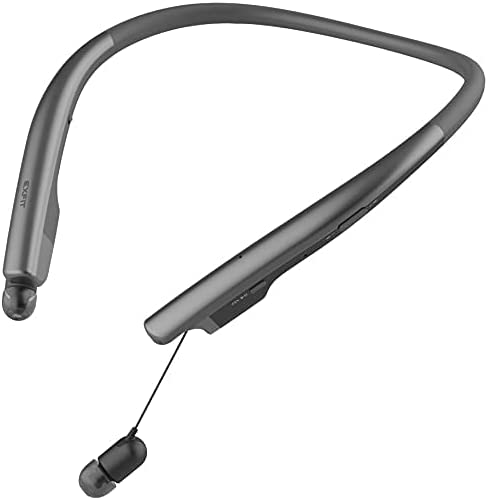The Tech Inside: How Features Like Bluetooth 5.3 & IP7 Waterproofing Became Standard
Update on Oct. 29, 2025, 7:18 p.m.
You’ve seen them. You’re browsing online, and a pair of wireless earbuds catches your eye. The feature list reads like a top-tier product: the latest Bluetooth, long-lasting battery, waterproof design, and a sleek charging case. Then you see the price, and it’s a fraction of what you’d expect. The first question that pops into your head is probably, “What’s the catch?”
It’s a great question. For years, these features were the exclusive playground of expensive, big-name brands. But today, the game has changed. This isn’t about cutting corners; it’s about the incredible democratization of technology. The science and engineering that were once groundbreaking are now refined, efficient, and accessible to everyone.
To understand this shift, let’s pull back the curtain. We’ll use the Wasart J55 wireless earbuds as our guide—not as a sales pitch, but as a perfect case study for the amazing tech now available at your fingertips. We’re going to explore the science that makes these modern marvels tick, from their invisible connection to their real-world resilience.

The Unbreakable Link: Why Bluetooth 5.3 is Your New Best Friend
The core magic of any wireless device is the connection. It needs to be instant, stable, and seamless. This is where Bluetooth comes in, and the version number matters more than you might think. The Wasart J55 uses Bluetooth 5.3, which represents a significant leap in performance, especially for everyday use.
Think of Bluetooth as a complex, high-speed conversation between your earbuds and your phone. Older versions, like Bluetooth 4.x, were good, but they could sometimes get tripped up in busy places with lots of wireless signals (like a coffee shop or a gym). They also had a slight but noticeable delay, or “latency,” which could cause a frustrating mismatch between video and audio.
Bluetooth 5.3 cleans all that up. It uses a clever technique called “frequency hopping,” where it rapidly switches between dozens of channels to dodge interference, ensuring your music doesn’t skip a beat. More importantly, it dramatically reduces latency. For the J55, this is highlighted as “Ultra Low-Latency,” meaning the delay between what happens on your screen and what you hear is almost imperceptible. This makes them fantastic for watching movies or gaming, where timing is everything.
This technology also brings us a huge quality-of-life improvement: auto-pairing. The first time you connect the J55, your device remembers it. From then on, the moment you pop the earbuds out of their case, they’re already connected and ready to play. It’s this level of effortless interaction, once a premium luxury, that is now becoming the standard, thanks to the maturity of chips like those implementing Bluetooth 5.3.

The Sound Engine: How a Tiny 6mm Driver Creates a Big World of Sound
If Bluetooth is the messenger delivering the data, the driver is the artist that turns that data into sound. The J55 earbuds use Ф6mm moving coil speakers, also known as dynamic drivers. Don’t let the small size fool you; these are tiny but mighty sound engines.
Here’s how it works, in simple terms:
1. An electrical signal (your music) is sent to a tiny coil of wire.
2. This coil is attached to a flexible cone called a diaphragm.
3. The signal creates a magnetic field, which interacts with a permanent magnet in the driver.
4. This interaction causes the coil and the diaphragm to vibrate incredibly fast.
5. These vibrations create pressure waves in the air—which your brain interprets as sound.
The key to a good driver isn’t just size, but efficiency. The J55 has an impedance of 16Ω (Ohms), which is a sweet spot for portable devices. Lower impedance means the earbuds don’t need a lot of power to get loud and clear. This is perfect for your smartphone, which has a limited power output. It’s a smart engineering choice that ensures you get dynamic treble and powerful bass without draining your phone’s battery. This is a prime example of how decades of audio engineering have been refined to produce impressive sound from an incredibly compact and efficient package.

Your Voice, Heard: The Science of a Crystal-Clear Microphone
Earbuds aren’t just for listening; they’re for communicating. Whether you’re on a work call or catching up with family, you need to be heard clearly. The J55 uses a microphone made of monocrystalline silicon, which is a hallmark of modern MEMS (Micro-Electro-Mechanical Systems) technology.
Forget the bulky microphones of the past. A MEMS microphone is a marvel of miniaturization, with its key components etched onto a tiny silicon chip. Because it’s made from a single, flawless crystal structure, it’s incredibly consistent and sensitive. It can pick up your voice with precision while being highly resistant to vibrations and background noise.
The benefit for you is straightforward: clearer calls. The microphone is designed to be highly sensitive to vocals, capturing your voice from different angles. This means you don’t have to talk loudly or directly into your phone. Your voice comes through sounding natural and present, not distant or muffled. This technology, once developed for high-tech industrial and medical applications, is now a standard feature ensuring you can communicate effectively from anywhere.

Conquering Battery Anxiety: The Math Behind 40 Hours of Freedom
There’s nothing worse than the “low battery” beep in the middle of your favorite song or an important call. The J55 addresses this head-on with a combined 40-hour playtime. This isn’t just one giant battery; it’s a smart power system.
Here’s the breakdown: * The Earbuds: A single charge gives you up to 8 hours of continuous listening. For most people, that’s more than enough for a full workday or a long-haul flight. * The Charging Case: This is where the magic happens. The case itself holds an additional 32 hours of power, which is enough to fully recharge the earbuds four more times.
This system is powered by modern lithium-polymer batteries, which are masters at storing a lot of energy in a very small space. The case also features a USB-C port for quick charging, which is now the universal standard for its speed and convenience.
To eliminate the guesswork, the J55 case includes a dual LED digital display. It gives you a precise percentage of the case’s remaining battery and shows the charging status of each individual earbud. This means you always know exactly how much power you have left. A week of commuting, daily workouts, and casual listening without ever needing to plug into a wall? That’s the freedom this technology provides.

Built for the Real World: What IP7 Waterproofing Actually Means
Life happens. You get caught in a sudden rainstorm on your run, or you sweat buckets during a workout. That’s where an IP7 waterproof rating comes in. The “IP” stands for Ingress Protection, and it’s a universal standard. The ‘7’ is the important part—it means the device is protected against temporary immersion in up to 1 meter of water for 30 minutes.
To be clear, this doesn’t mean you should go swimming with your earbuds. But it does mean you don’t have to worry about sweat, rain, or an accidental splash. The J55 also features a nano-coating, which is an invisible, water-repellent layer that causes liquids to bead up and roll right off. This dual layer of protection gives you the peace of mind to use your earbuds without fear, whether you’re at the gym or hiking in unpredictable weather.

The Final Touch: Ergonomics and the Feeling of Control
All the technology in the world doesn’t matter if the earbuds are uncomfortable. A great user experience comes down to thoughtful design. The J55 earbuds weigh a mere 4.3 grams each, making them so light you can easily forget they’re there.
They come with three sizes (S/M/L) of liquid silicone ear tips. This material is soft, flexible, and hypoallergenic, allowing it to create a secure but comfortable seal in your ear. This seal is crucial for two reasons:
1. Comfort and Stability: It keeps the earbuds from falling out during a run or workout.
2. Sound Quality: It provides passive noise isolation, blocking out ambient chatter and improving the bass response of your music.
Finally, control is managed through a capacitive touch interface. Instead of a physical button you have to press, you simply tap the surface of the earbud. This sensor detects the tiny electrical charge from your fingertip to play/pause, adjust volume, skip tracks, or activate your phone’s voice assistant. It’s a silent, intuitive conversation that keeps you in control without interrupting your flow.

The Symphony of Accessible Tech
As we’ve seen, a modern pair of wireless earbuds like the Wasart J55 is a pocket-sized orchestra of technology. It’s a blend of radio physics, acoustic engineering, material science, and advanced battery chemistry.
The reason these features are no longer exclusive to high-priced gadgets isn’t a “catch”—it’s progress. The research and development that was once astronomically expensive has now led to mature, efficient, and affordable manufacturing processes. Understanding the science behind the specs allows you to appreciate the ingenuity you’re holding and make smarter choices. The real story is that great technology is finally catching up to everyone.

